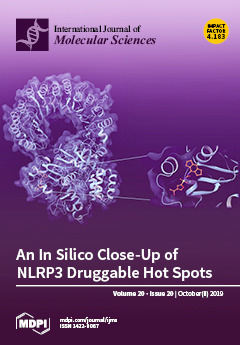Heat shock transcription factors (Hsfs) are a class of important transcription factors (TFs) which play crucial roles in the protection of plants from damages caused by various abiotic stresses. The present study aimed to characterize the
Hsf genes in carnation (
Dianthus caryophyllus), which is one of the four largest cut flowers worldwide. In this study, a total of 17 non-redundant
Hsf genes were identified from the
D. caryophyllus genome. Specifically, the gene structure and motifs of each
DcaHsf were comprehensively analyzed. Phylogenetic analysis of the
DcaHsf family distinctly separated nine class A, seven class B, and one class C
Hsf genes. Additionally, promoter analysis indicated that the
DcaHsf promoters included various
cis-acting elements that were related to stress, hormones, as well as development processes. In addition,
cis-elements, such as STRE, MYB, and ABRE binding sites, were identified in the promoters of most
DcaHsf genes. According to qRT-PCR data, the expression of
DcaHsfs varied in eight tissues and six flowering stages and among different
DcaHsfs, even in the same class. Moreover,
DcaHsf-A1, A2a, A9a, B2a, B3a revealed their putative involvement in the early flowering stages. The time-course expression profile of
DcaHsf during stress responses illustrated that all the
DcaHsfs were heat- and drought-responsive, and almost all
DcaHsfs were down-regulated by cold, salt, and abscisic acid (ABA) stress. Meanwhile,
DcaHsf-A3,
A7, A9a, A9b,
B3a were primarily up-regulated at an early stage in response to salicylic acid (SA). This study provides an overview of the
Hsf gene family in
D. caryophyllus and a basis for the breeding of stress-resistant carnation.
Full article






